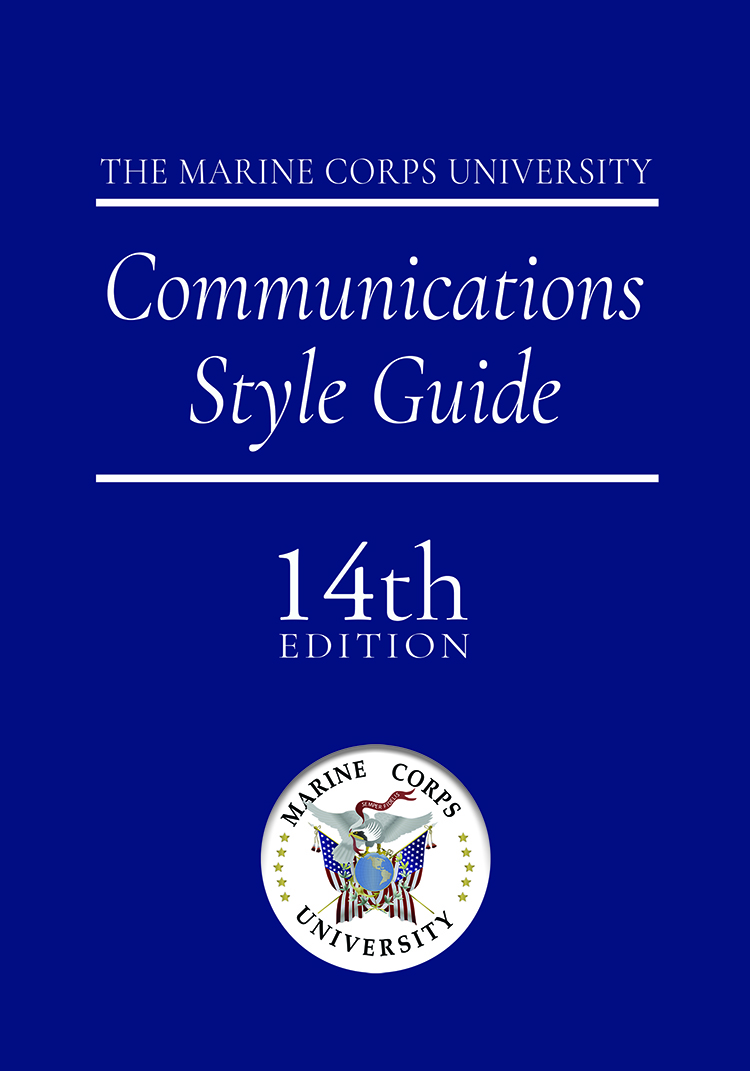
Chapter One: Introduction to the Communication Process
PART ONE: THE WRITING PROCESS
Chapter Two: Invention
Chapter Three: Drafting
Chapter Four: The Revision Process
PART TWO: RESEARCH AND DOCUMENTATION
Chapter Five: The Research Process
Chapter Six: Developing a Research Question, Writing a Literature Review, and Organizing Research
Chapter Seven: Developing a Working Thesis Statement
Chapter Eight: Writing with Sources
Chapter Nine: Endnote and Bibliography Formats
PART THREE: GRAMMAR, MECHANICS, AND STYLE
Chapter Ten: Grammar, Punctuation, and Mechanics
10.1 Grammar Basics: Parts of Speech and Sentence Components
10.2 Punctuation Marks: Commas, Semicolons, Colons, Question Marks, Hyphens, Dashes, Parentheses, Ellipses, and Apostrophes
10.3 Italics, Abbreviations, Capitalization, Quotation Marks, and Numerals
10.4 Pronoun Usage
10.5 Prepositions
10.6 Adjective Order
Chapter Eleven: Sentence Style
APPENDICES
Appendix A: Answers to Now You Try It! Quizzes
Appendix B: Formatting and Page Design
Appendix C: Article Submission Guidelines for Selected Military and Defense Periodicals and Essay Contests